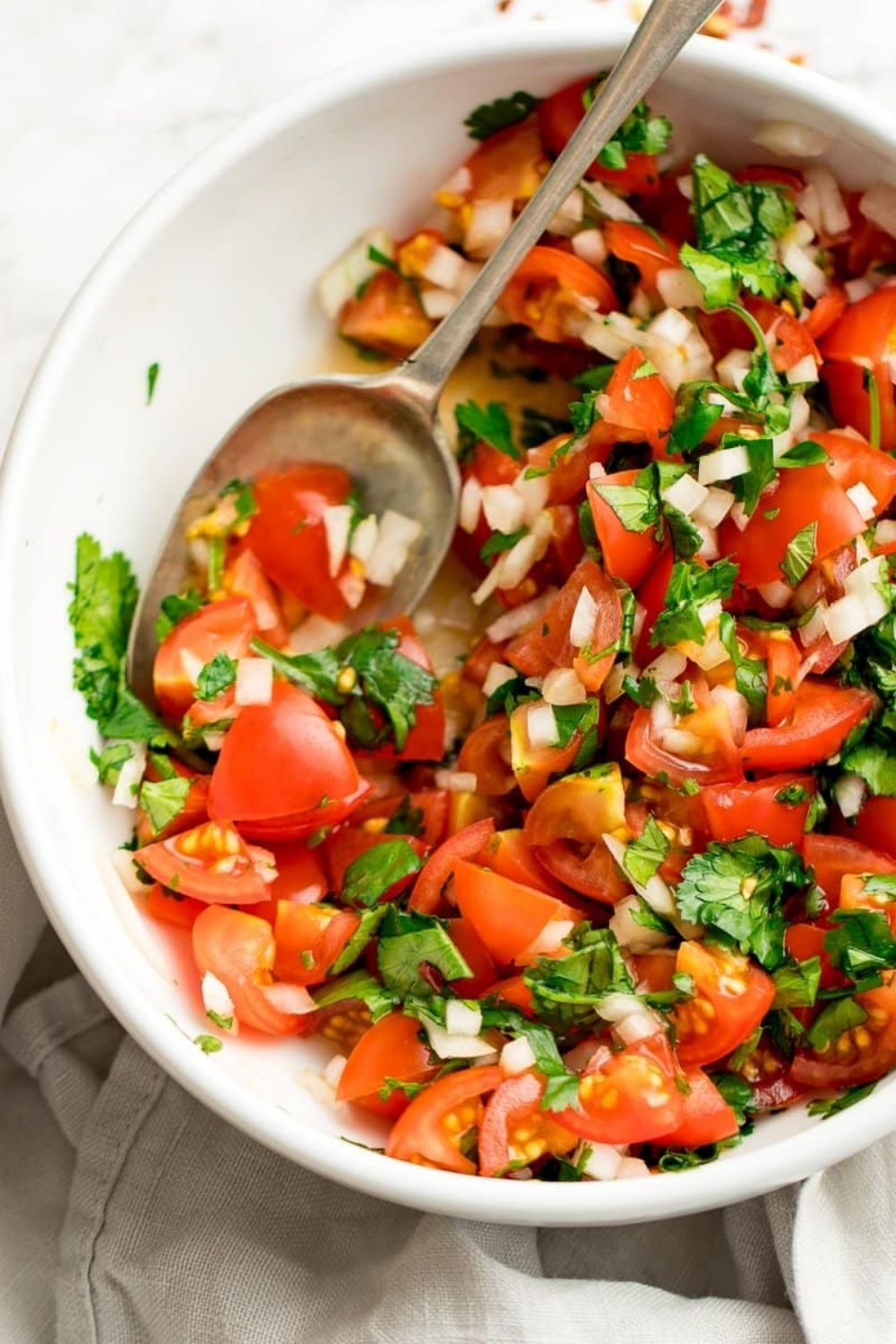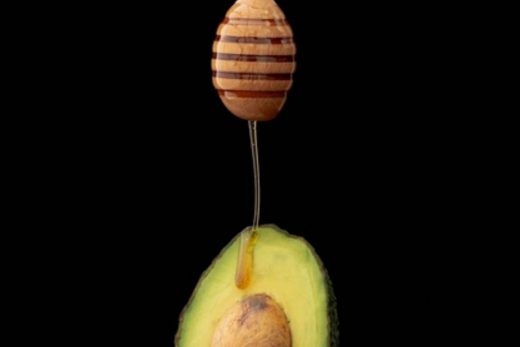Cutting mutura is an art. Mr. Mutura Server selects a roll of mutuch, lifts it off the fire, and onto the board next to the stove. Next, he approximates forty shillings worth of the stuff, cuts it off and returns the rest to the flame. He then slices it, each piece roughly the size of a plastic bottle cap, each piece brown and sizzling. The surface of the mutura, nicely dried, is a darkly browned crust, slightly charred, contrasting with the crumbly meat underneath. In your mouth, it crumbles, the innards spicy with a slightly greasy flavor, the fat soft and succulent and rich, and the garlic and cilantro and scallions and chile giving you an ambrosial kick. Around you the smoke from the mutura on the grill rises, flooring you. I think of Edward Lee, who, in Smoke & Pickles, writes, “Some say umami is the fifth [taste], in addition to salty, sweet, sour and bitter. I say smoke is the sixth.”
Some kachumbari sprinkled on top, for the culture. The tomatoes in the kachumbari are loud, as are the onions, and the coriander, and more chiles, but not overloud, and they and the mutura, instead of rushing into and attacking each other, overlap rather as the pages of an atlas expire into each other at their edges. I eat, we eat, all of us, our big happy mutura family.





